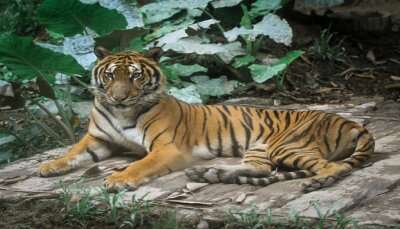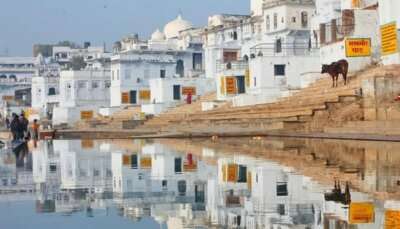Visit Kalsi To Embrace The Rich Heritage India Holds
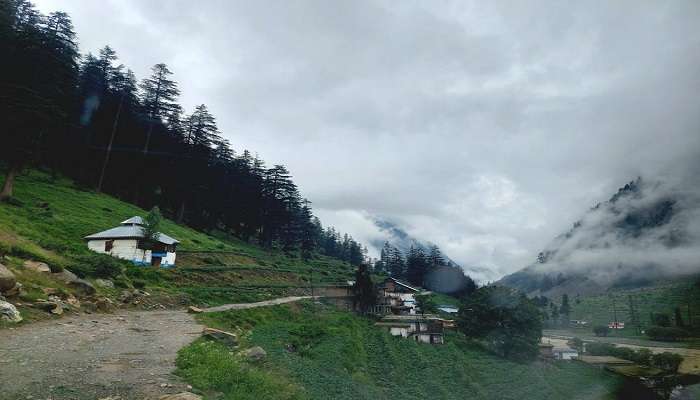
Kalsi is a beautiful town in the Dehradun District of Uttarakhand. The place holds natural landscapes with the historical significance of certain tourist spots. As this town is tucked away in the foothills of the Himalayas, the place witnesses serene, lush green fields all around. Trekking tails on these fields offer a beautiful view of Himalayan Peaks and a valley where the Yamuna river flows down. There are verdant forests and rolling hills for adventure seekers, too. Whether you’re exploring Kalsi for nature or ancient records, it promises an unforgettable experience to all its visitors in the region.
Diving Into The History Of Kalsi
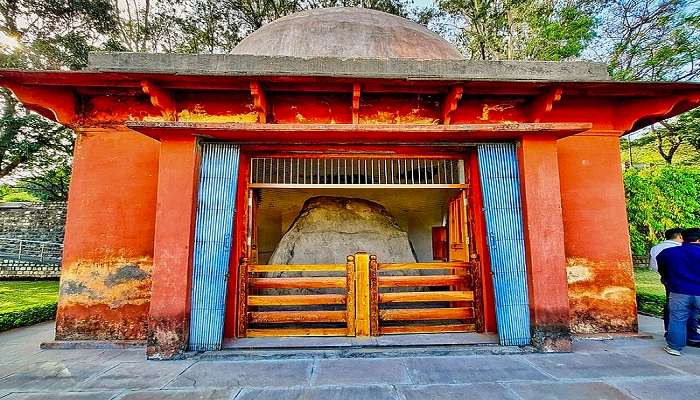
Historically, Kalsi belongs to the Mauryan Era. It plays an important role as Kalsi is one of the famous edicts of Emperor Ashoka and is one of the oldest inscriptions in India. The edict is beautifully carved on an ancient rock. It was later discovered by Alexander Cunningham during the British Rule in India. The language of the edict was Prakrit, which dates back to the 3rd century BCE. The edict has Ashoka’s preachings on morals, values, ethics, religious matters, philosophy, governance, and social welfare. This rock edict is a treasure of India’s Cultural History. The rocks are placed on a serene, rugged terrain in Kalsi.
Tourists can witness the echoes of the bygone era. The essence of the Mauryan Empire and its deeds can be felt by reading and reviewing these rock edicts. Their legacy is still being carried on and embraced by all tourists, travellers, and visitors. Kalsi is also known for the very old Shiva Temple, which is also called Kalsi Temple. The temple is said to be more than 1500 years old and has been worshipped since then.
Must Read: Places To Visit In Uttarakhand
Kalsi Holds Serene Views Amidst The Himalayan Foothills
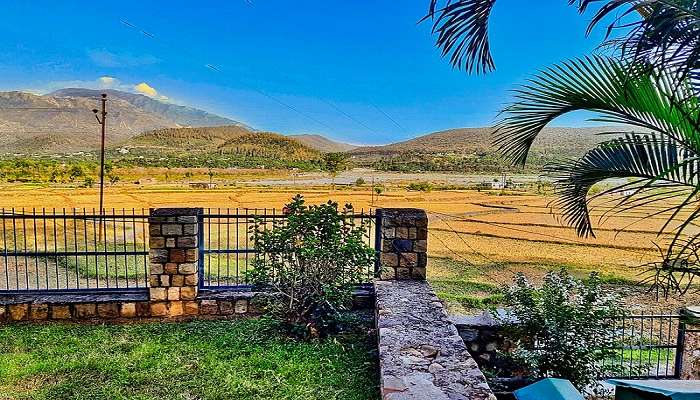
Kalsi is situated in the foothills of the Himalayas. This place is solely dedicated to the amazing views around. Tourists discover a sanctuary of peace and tranquillity at Kalsi. This is a heaven where worries wipe away and time stands still. The place is a total blend of culture, history and nature, which touches and creates a soothing symphony of life. Whether you are a tourist who has come for the ancient rock expedition, someone who is down for the pristine wilderness in Kalsi, or someone who is looking for leisure time, Kalsi will help you discover your soul and reach through it.
Flora And Fauna Of Kalsi

Kalsi owns a very rich tapestry of flora and fauna. The region portrays biodiversity. It is full of many plant species, some of which anyone does not hear. One can find the rarest species of flowers and animals here. The area mainly covers coniferous pine, oak, cedar and fir trees, making the forest’s densest canopies. At the time of autumn, you see a beautiful scene of these trees shedding their leaves with everything in a light yellow and red colour hue of setting.
During the spring, these trees are full of lush green leaves, which automatically freshen up the environment around them. Kalsi seems to be a must-visit place in Spring and Winter. The forests of Kalsi are home to an array of wild species. Tourists can spot creatures like leopards, barking deer, and Himalayan black bears roaming around in the woods. If lucky enough, tourists can spot Himalayan serow and musk deer on the terrains. Birds give you a wake-up call with their sweet chirping and echoing through the forest canopy. Species like Himalayan Monal, Koklass Pheasant and Kalij Pheasant fly above. Kalsi sustains the rich biodiversity in the region.
Suggested Read: Hotels In Joshimath
Best Time To Visit Kalsi
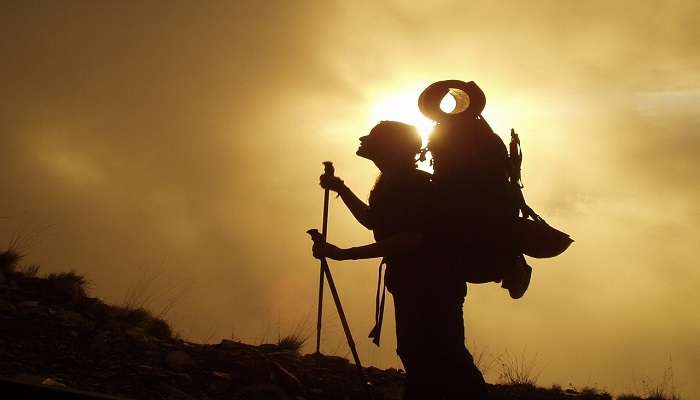
Kalsi experiences moderate temperatures throughout the year. The place experiences mild summers, chilly winters and misty rainfall. From March to June, temperatures range from 15 degrees Celsius to 30 degrees Celsius, making it an ideal time for sightseeing. The monsoon months from July to September experience misty rainfall, making the terrains around lush green and full of greenery. The winter months of November to February are characterised by cold temperatures from 3 degrees Celsius to 15 degrees Celsius. With occasional snowfall in the higher altitude region, this place becomes a hub of adventurous activities like trekking, skiing and snowboarding.
Local Cuisine Of Kalsi
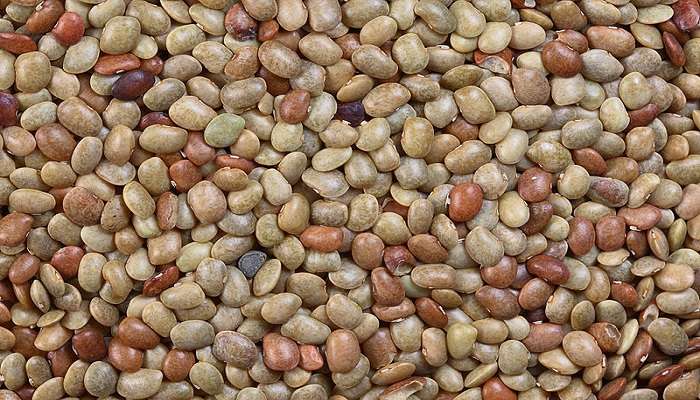
The cuisine of Kalsi includes various specialities served in the region. It is a blend of sweet dishes and tempting food.
Aloo Gutke
This dish is made from boiled potatoes sauteed with mustard seeds and spicy local spices. Aloo Gutke is served with tea or as a side dish with Indian bread.
Gahat Ki Dal
This dish is also known as Kulath Ki Dal. It is typically made from Horse Gram Lentils and cooked with Indian spices. The dal is later tempered with Ghee. The dal is paired with rice and is a popular choice in the region.
Chainsoo
Chainsoo is a savoury dal prepared with black gram lentils soaked in water and later seasoned with cumin seeds, coriander, and asafetida. It is a wholesome meal served with Indian Roti or rice.
Bhang Ki Chutney
Bhang Ki Chutney is a tangy and spicy chutney made from bhang leaves. It contains ingredients like garlic, green chilies, and lemon juice. This chutney simply adds its unique flavour and essence and is served with dishes like Indian Roti or steamed rice.
Singhodi
Apart from the spicy dishes served, there is a sweet dish named Singhodi, which is made from grated coconut, jaggery, and cardamom. This mixture is wrapped in leaves and steamed until it is soft. On special occasions and festivals, Singhodi is a traditional dish that is served to everyone.
Further Read: Hotels In Yamunotri Uttarakhand
With these delicious cuisines and mouth-watering dishes served, tourists leave Kalsi with a memory that is worth remembering. The culinary delights make you crave more and satisfy you with the local cuisine dishes. Kalsi has a historic presence and is a pleasant place to visit on vacations. Plan a trip to Dehradun to witness the historic glory that this nation serves. The region is completely sunk in the cultural beauty of ancient India. With serene terrains and a pleasant environment, Kasli has become a top-tier choice among visitors for leisure time.
For our editorial codes of conduct and copyright disclaimer, please click here.
Cover Image Source: Pexels
Frequently Asked Questions About Kalsi
What is the Ashok Shila in Kalsi?
Kalsi’s Ashoka Edict talks about the policies for non-violence and restriction of war. These rock edicts were built in 450 BCE on huge stones that were approximately 10 feet in height. Kalsi’s Ashoka Edict is preserved under the Archaeological Department of India.
What is the language of Kalsi edict?
The language of Kalsi Edict is the Pali Language. The script is Brahmi. The Ashoka’s edict is basically an inscription which is carved on a solid quartz rock in the Kalsi region of Uttarakhand.
How many inscriptions are there of Ashoka?
There are approx 33 inscriptions of Ashoka. More than religious philosophy, these inscriptions talk about the ethics, values and moral duties that the then-citizens had to follow. They are majorly rock edicts.
What are the 7 pillars of Ashoka?
The seven pillars of Ashoka found are at:
- Kausambhi
- Topra
- Meerut
- Lauriya Araraj
- Lauriya Nandangarh
- Rampurva
- Delhi-Topra
What is Kalsi famous for?
Kalsi is a town in the Dehradun District of Uttarakhand in India. The region is typically known for the rock edicts tracing back to the Mauryan Empire. These major inscriptions were made by Emperor Ashoka. The no. of edicts is from Rock 1 to 14.
People Also Read:
Worth Visiting Places In Dehradun Famous Temples In Dehradun Hostels In Dehradun

Innovative Content Writer Focused on Producing High quality, Original Content that drives traffic and engages readers. Experienced in Content strategy and analytics to measure content performance using tools such as SQL, Power BI, Excel.



